From the original article on April 7, 2022. Author: Stone Age Herbalist.
Smuggling drugs, weapons and people overland is standard cartel activity, but underground a whole other world of crime and danger goes unseen. Let's have a look at the subterranean battle for the border.
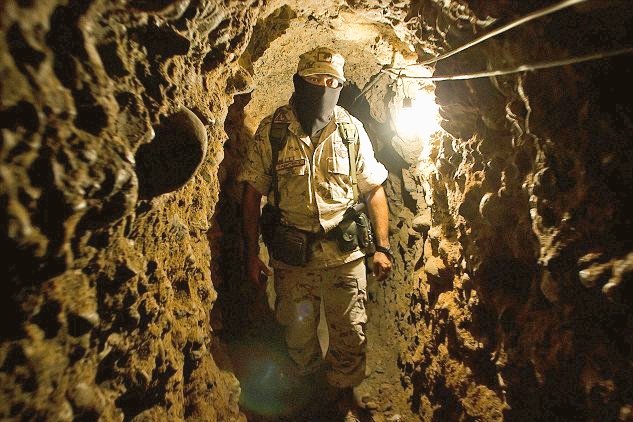
Smuggling tunnels across the US-Mexico border have been known about since at least 1990. Up to 2011, 149 tunnels were uncovered. 44 more were discovered leading up to 2015 and there seems to be no sign of them slowing down.
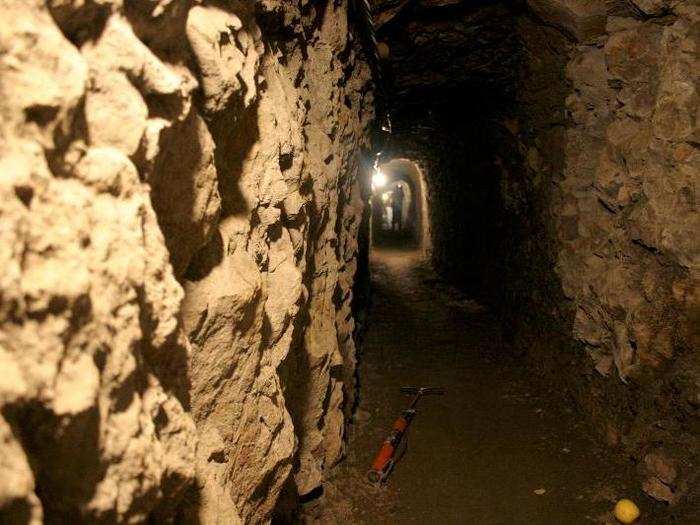
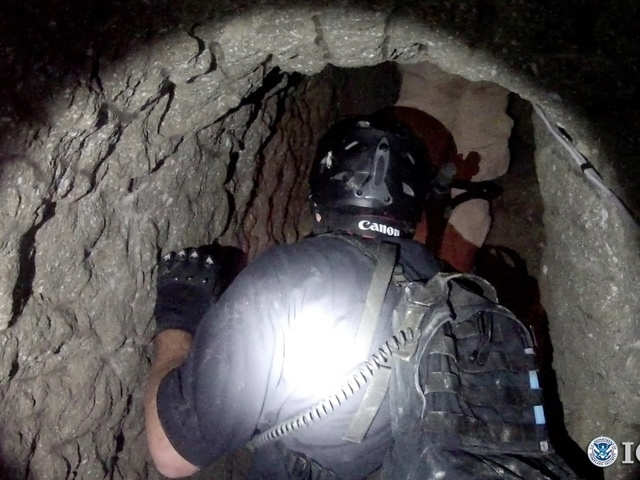
The first narco tunnel was likely built in 1989, by the Sinaloa cartel under Joaquín "El Chapo" Guzmán. He began riddling the Tijuana border with tunnels, esp from Garita de Otay, an industrial area in the northern part of the city, to Otay Mesa, a neighborhood in San Diego.
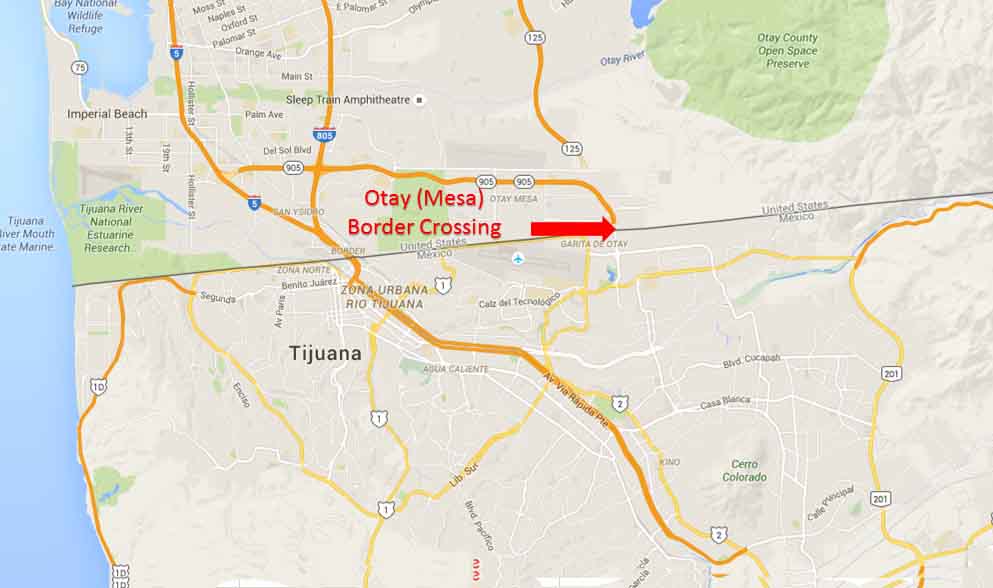
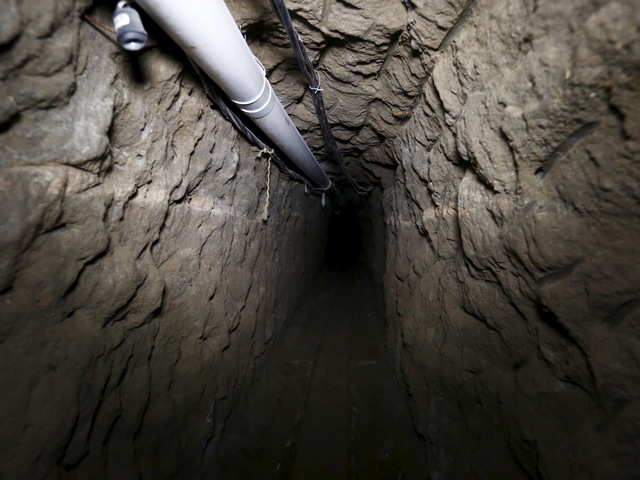
The Otay Mesa plateau is made from bentonite clay, which is self supporting and easy to mine. Often the cartels kidnap young men and lock them into warehouses under the direction of engineers, the clay being soft enough to dig by hand.
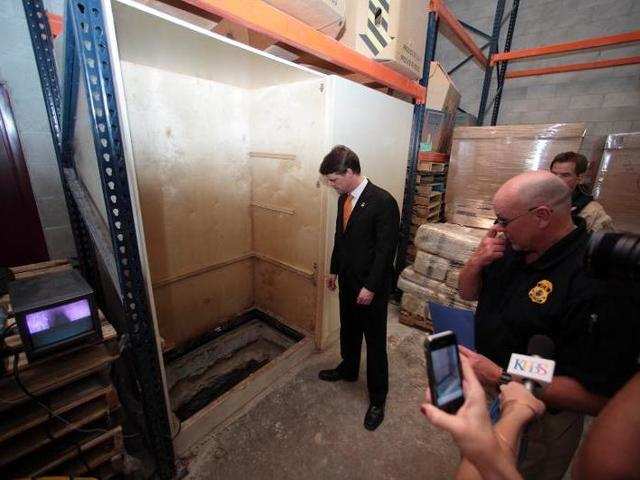
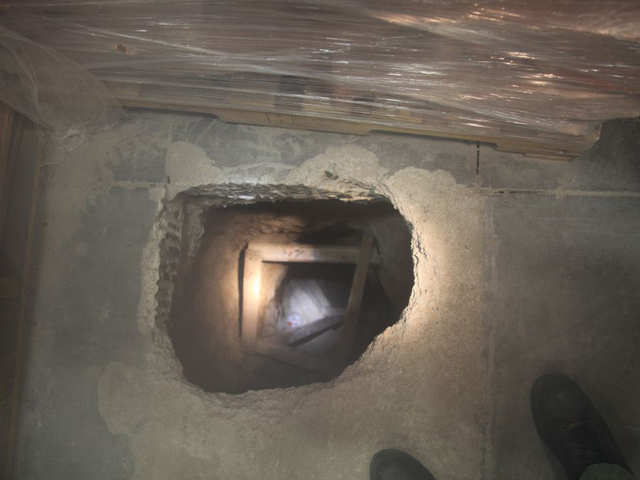
Sinaloa Cartel hired Felipe de Jesus Corona-Verbera, an architecture graduate, to help construct a major tunnel from Agua Prieta in Mexico with Douglas, Arizona. This was pioneering work, using concrete reinforcements and allowed rapid movement of drugs.
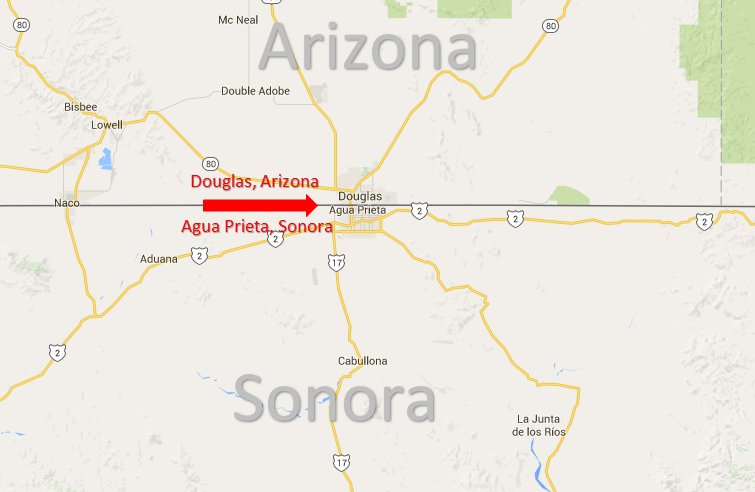
El Chapo became obsessed with tunnels, for drugs and for escape. Hiring Jose Sanchez-Villalobos, the cartel built over 90 tunnels, and El Chapo's signature move became to disappear into one, most famously in 2015 from out of his prison cell.
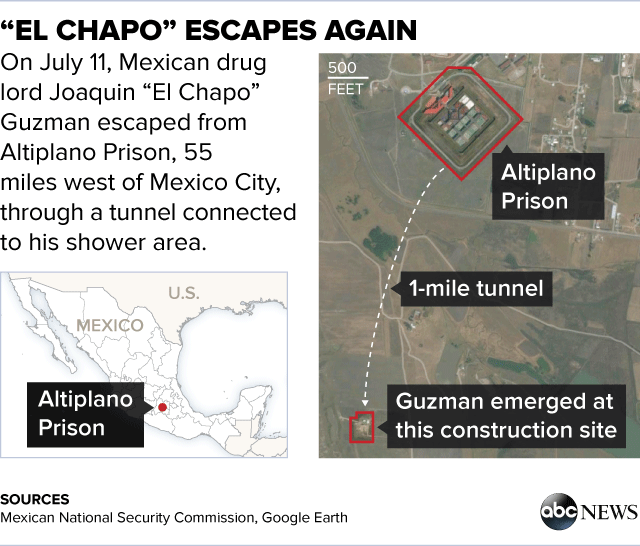
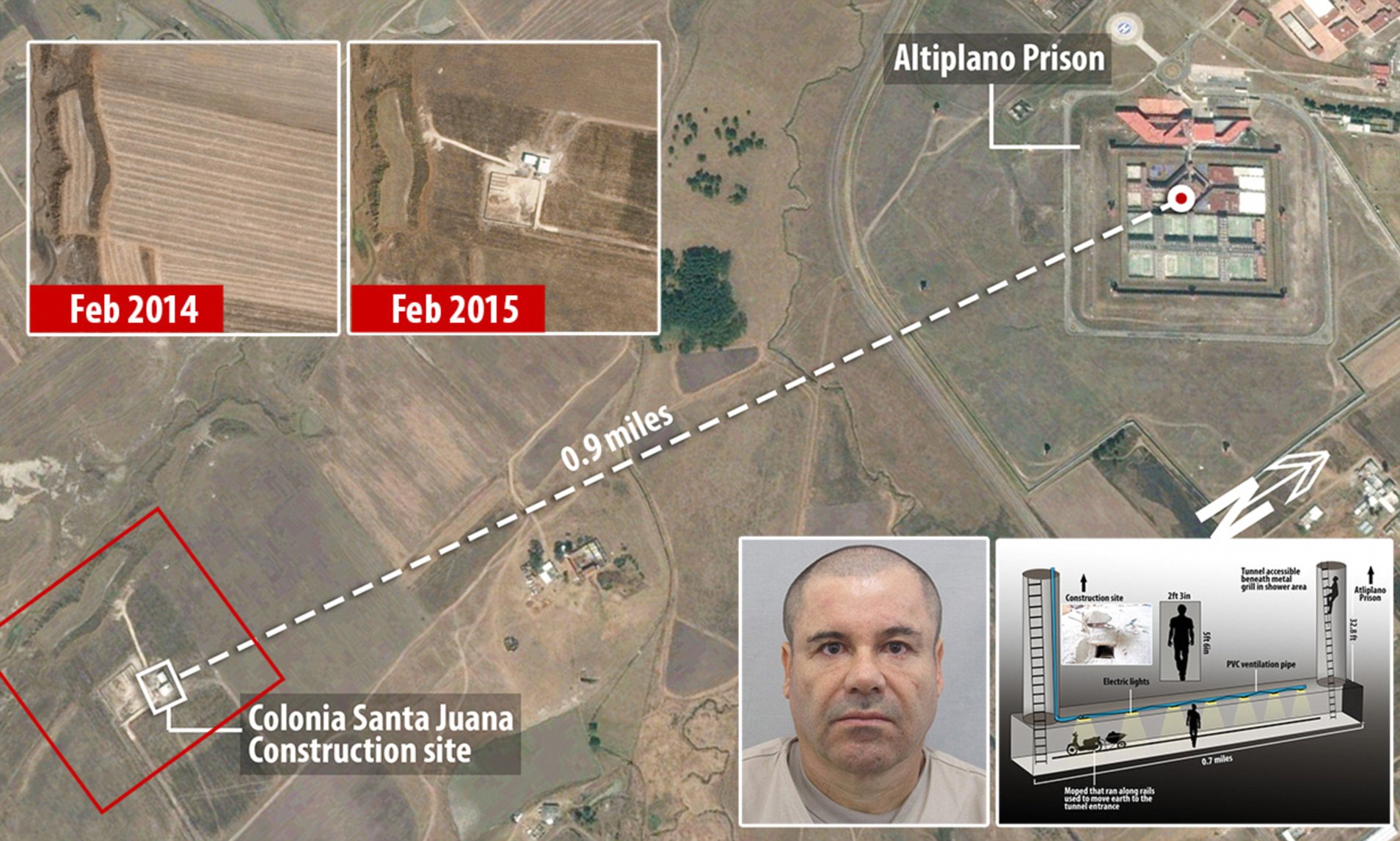
But we digress - the sophistication of the trafficking tunnels has only increased in recent years, with specialised surveying systems, use of horizontal drilling rigs and other professional mining equipment.
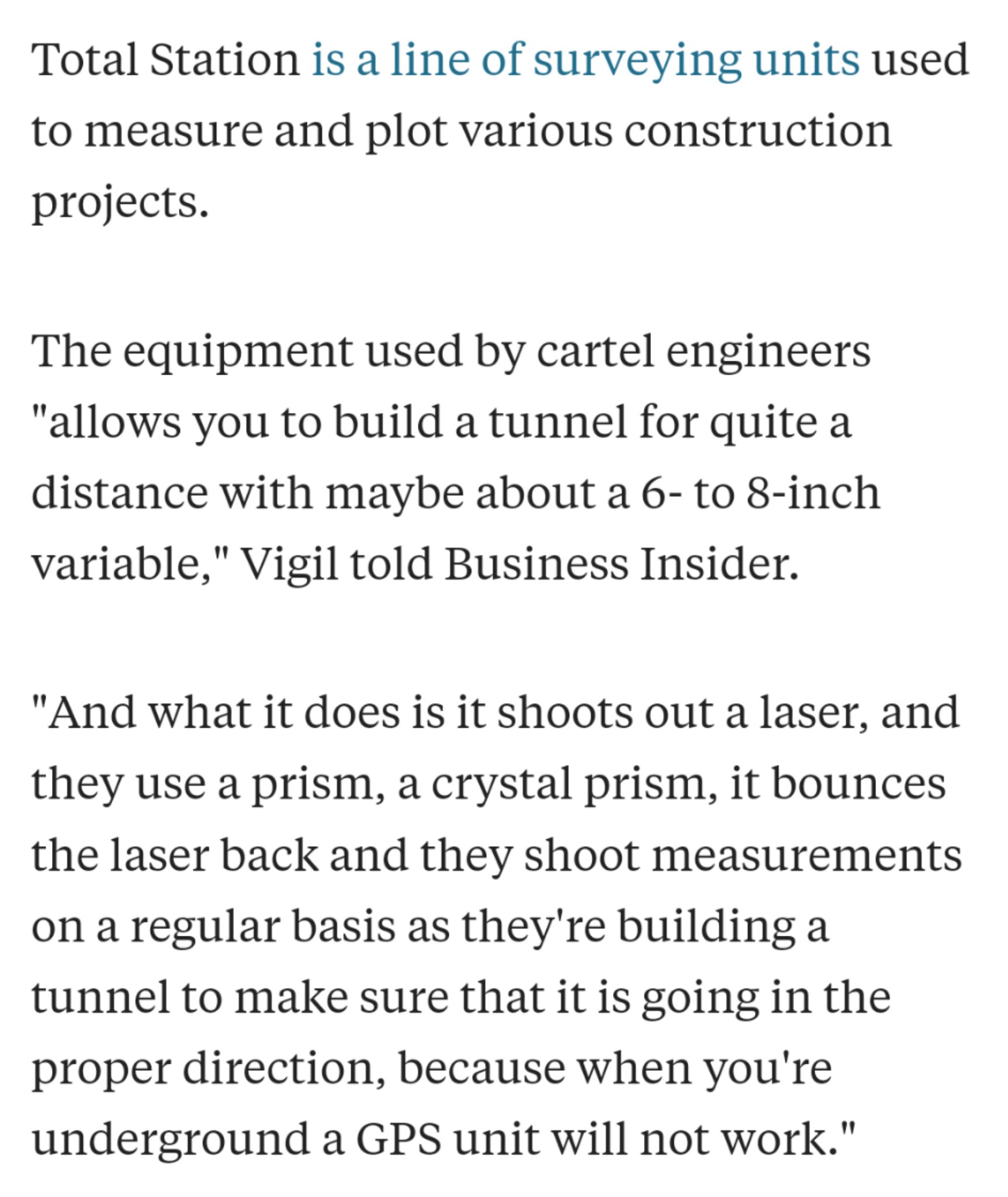
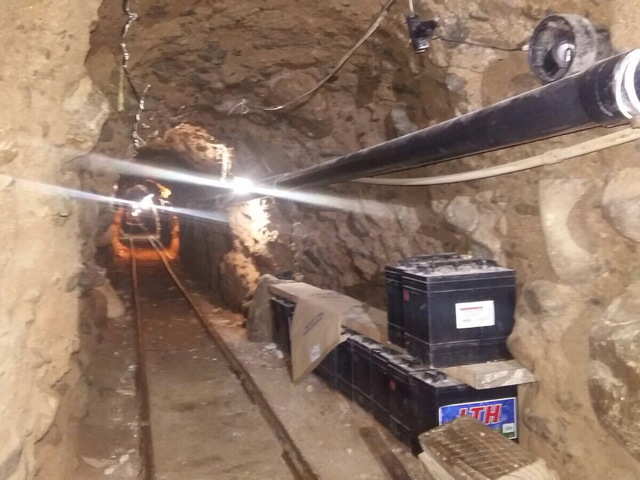
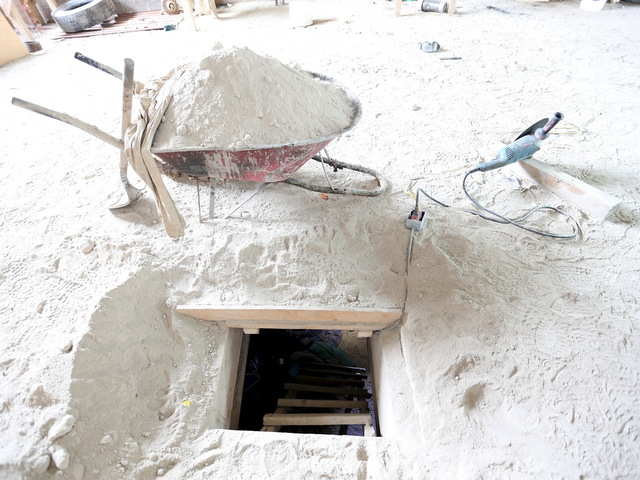
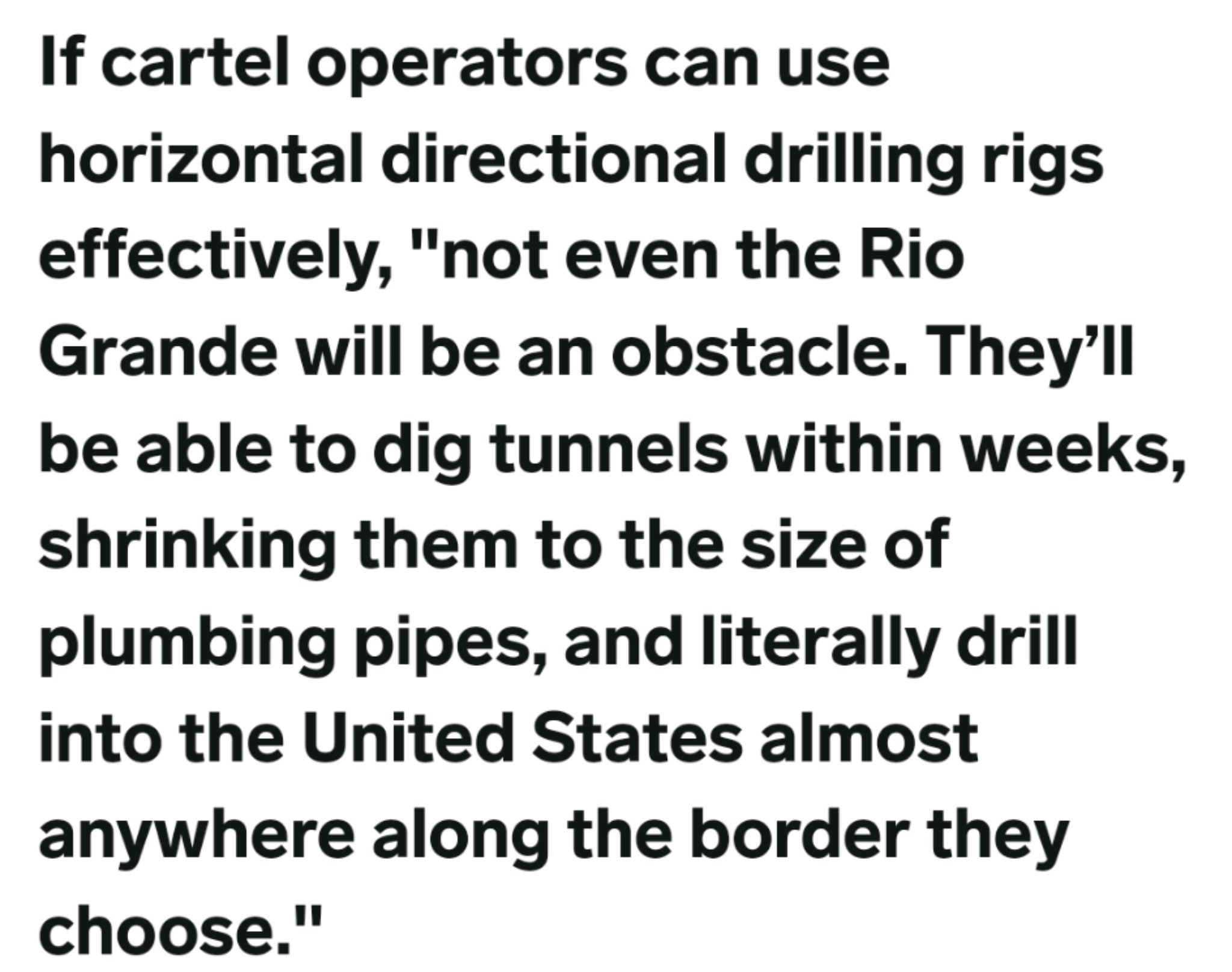
Another tactic has been to make use of the existing sewage and drainage systems. Nogales is now infamous for the cartels tapping into the underground pipes to use for moving drugs and people.
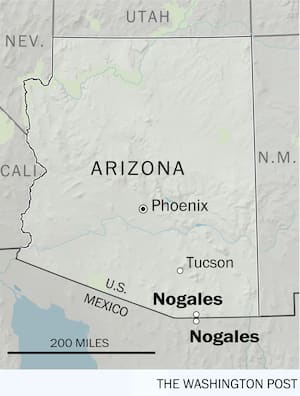
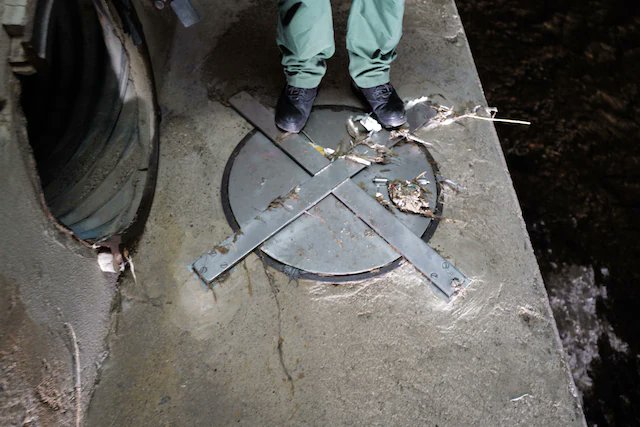
The system was built in 1935 to manage the northbound monsoon rains, but the cartels now use the 16 miles of pipes and tunnels to float millions of dollars worth of drugs into the US. The system is a swiss cheese of holes and bisecting routes, new passages opened regularly.
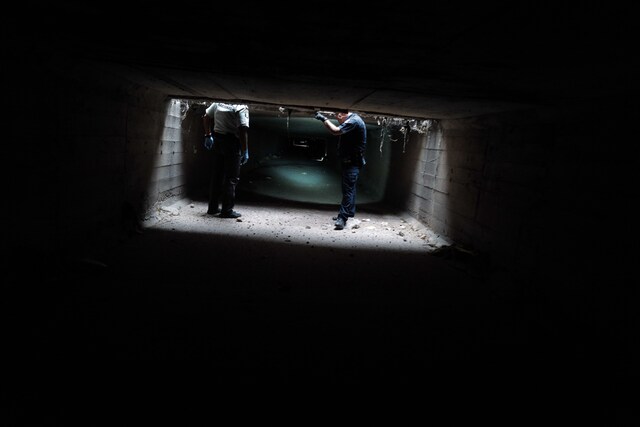
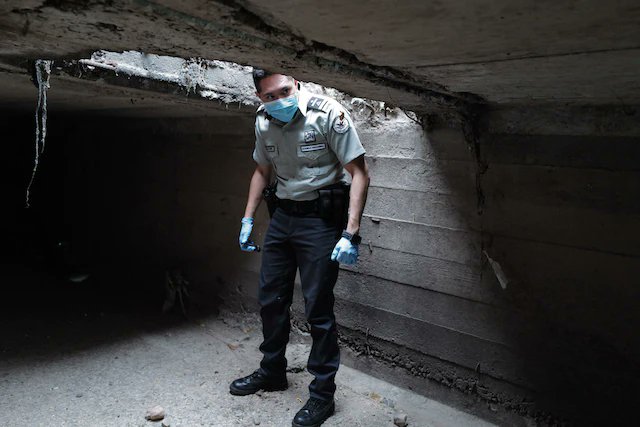
While the US uses oxygen monitors, mesh traps and tunnel simulators to train law enforcement, the cartels use welding tools, drills and makeshift altars to bring them fortune and success. The cartels appear to be winning.
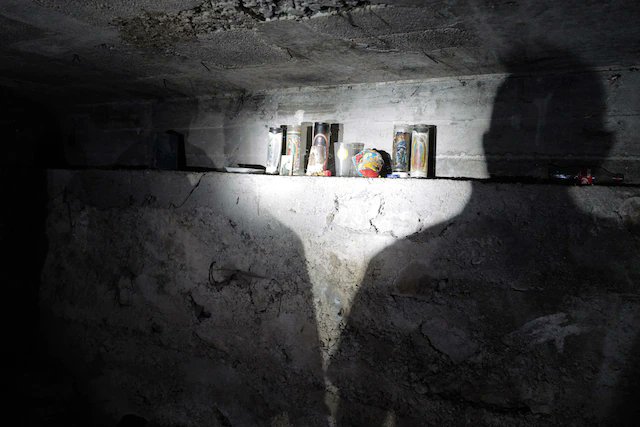
In 2014 a 481ft tunnel was discovered in Nogales, stretching between two houses across the border and used for moving weed and heroin. It had wood shoring, electric lighting and ventilation fans.
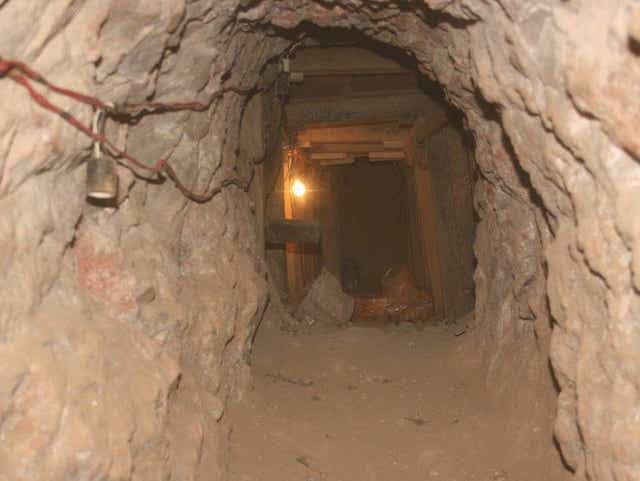
In 2020 a 2000ft long and 30ft deep tunnel was discovered coming into San Diego from Tijuana. This had specialised ventilation, electric lighting and a rail system.
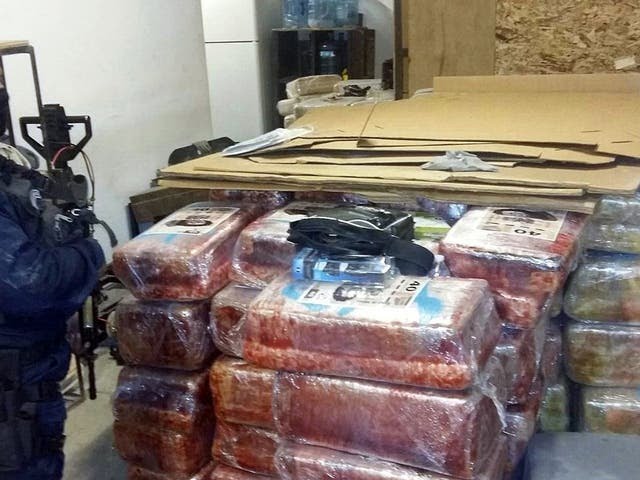
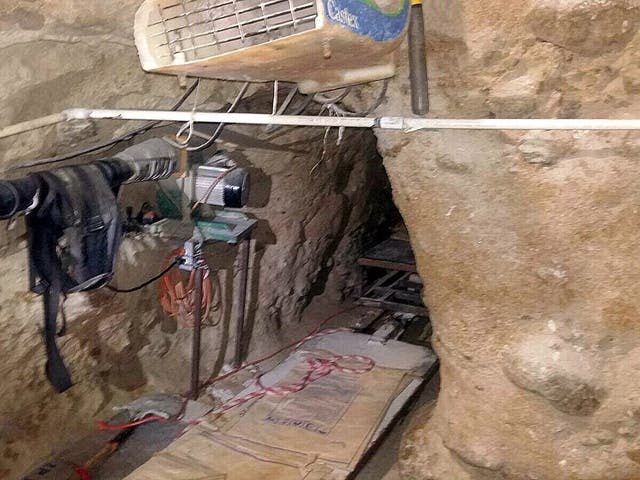
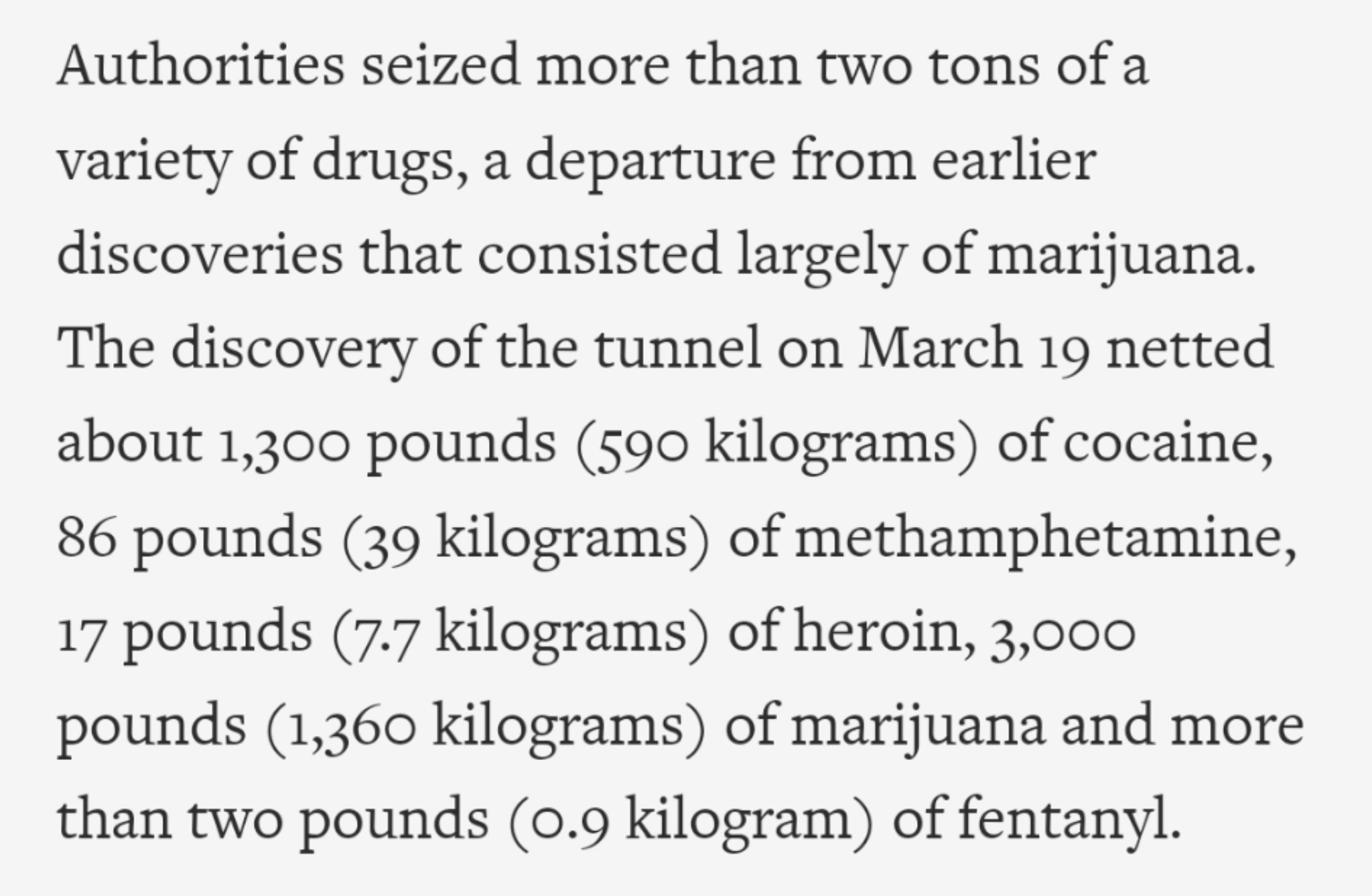
In Aug 2021, US authorities uncovered a partially built, 183ft tunnel, starting in Mexicali. The tunnel had an electric hoist, railway cart, lighting and ventilation. The space was large enough to move people, weapons and drugs.
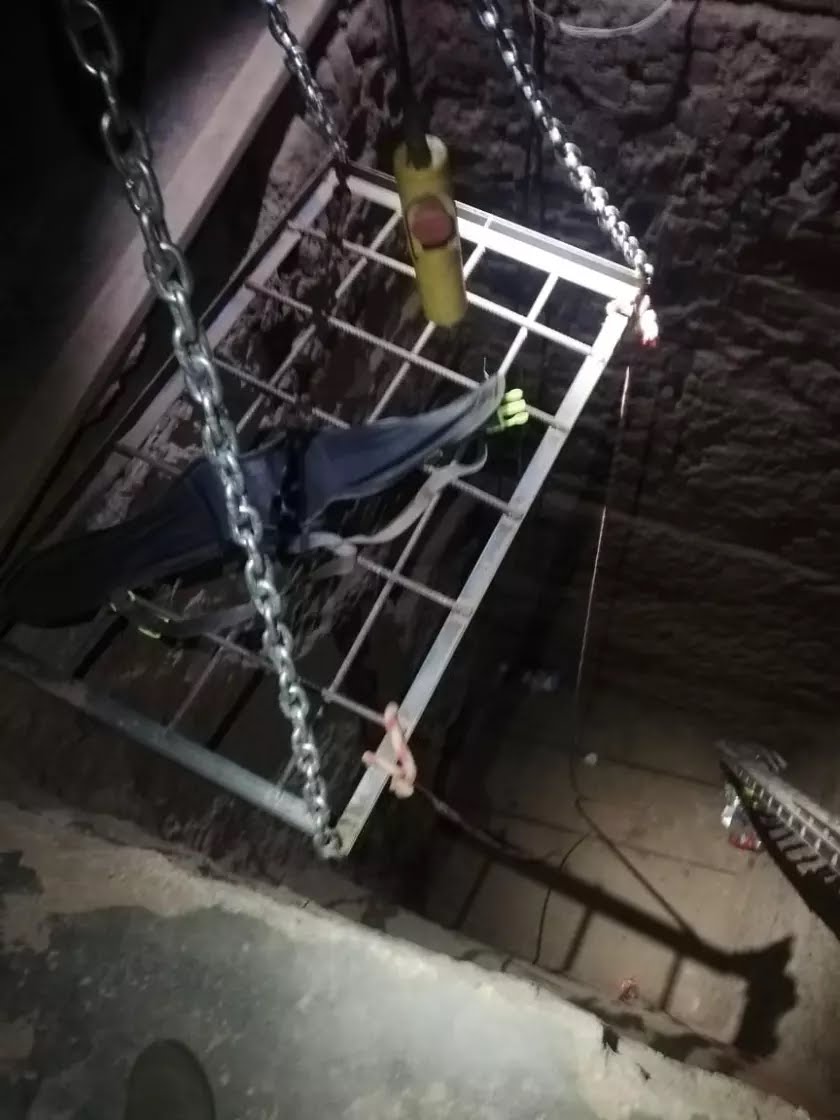
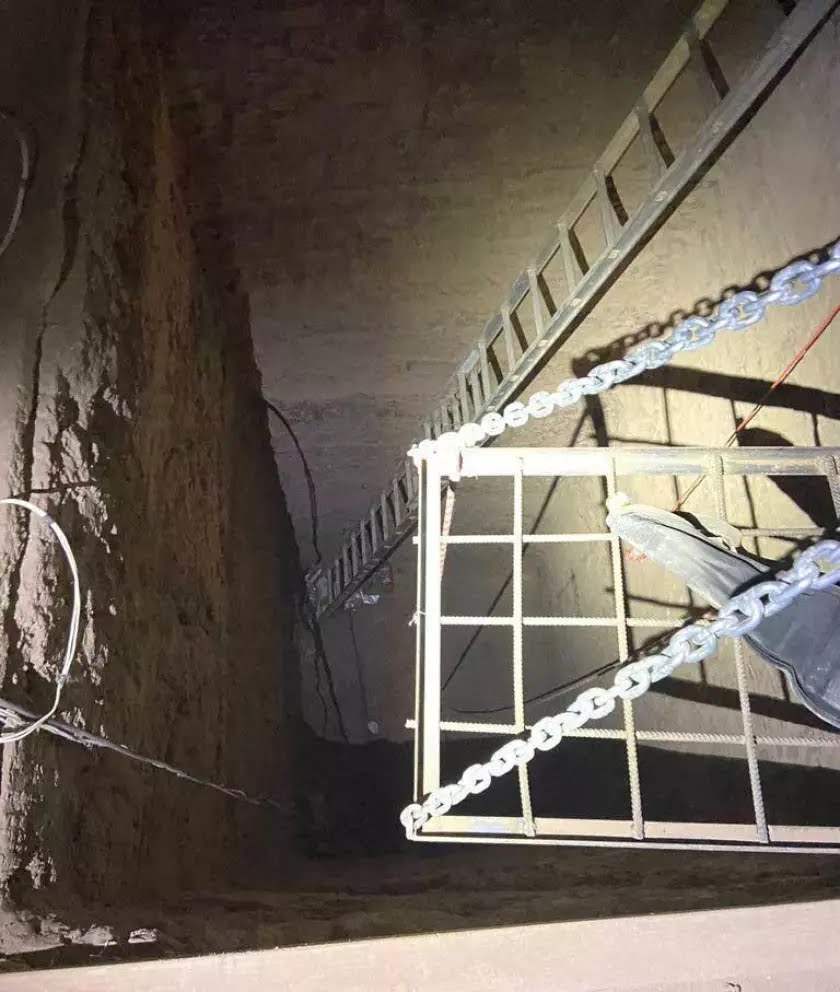
Nobody knows how many such tunnels exist, how long they are, where they start and end and how much material and how many people are moved across the border.
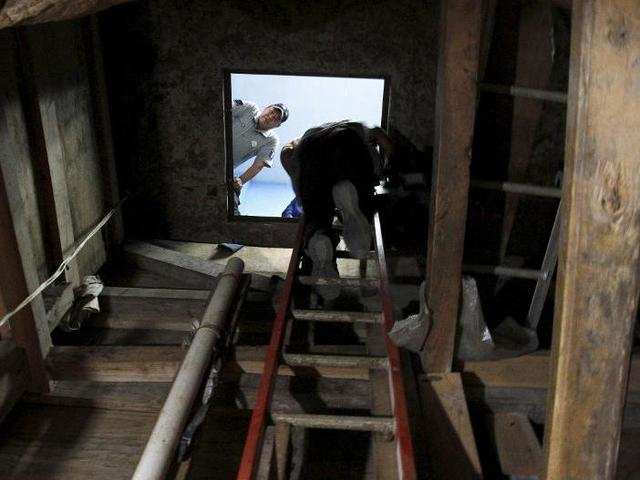
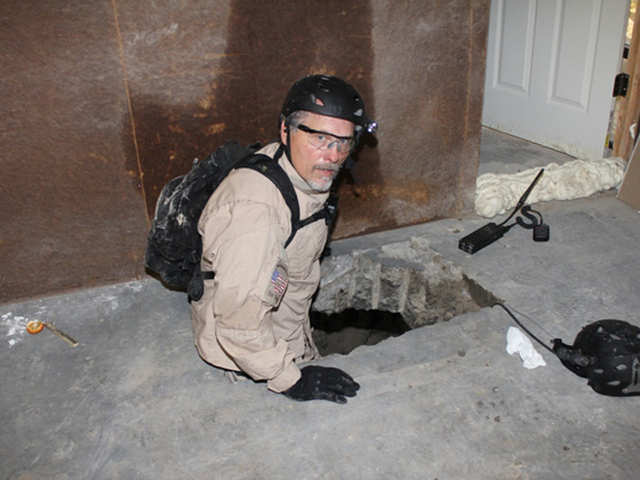
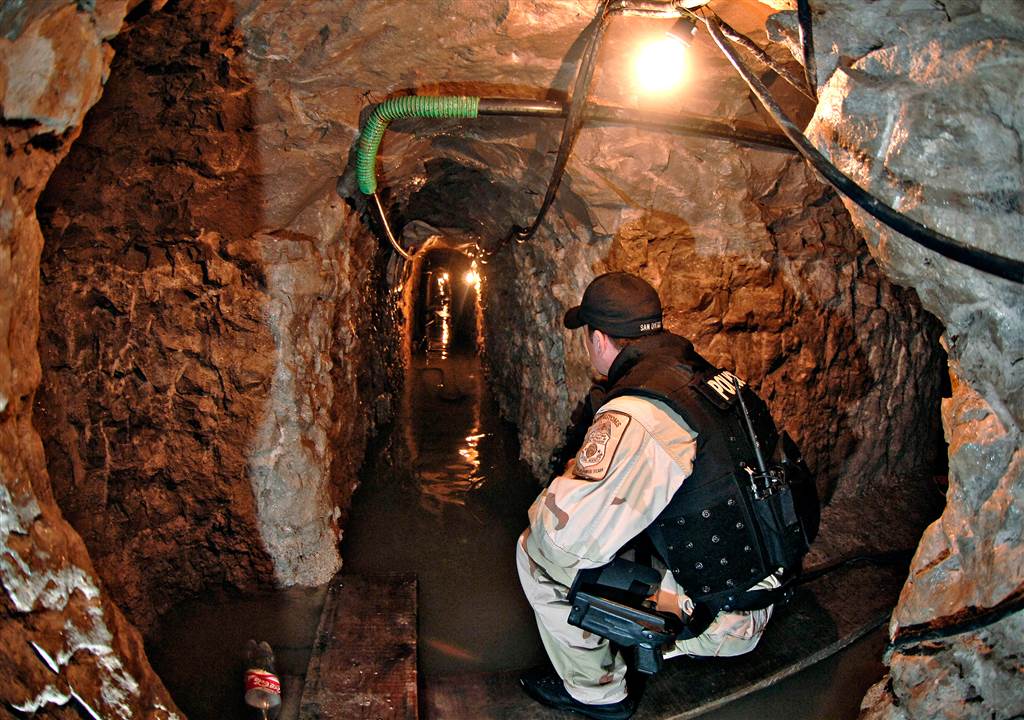
Alongside the obvious threat to the US from illegal immigration, narcotics and criminal violence, there remains the possibility of other actors making use of the tunnels. In a 2013 study of tunnel networks globally, the researchers highlighted that foreign terrorists were looking to exploit the US-Mexico tunnels to enter the US. They point to known Hezbollah and Al-Qaeda activity in Latin America and intelligence showing their awareness of the tunnel systems.
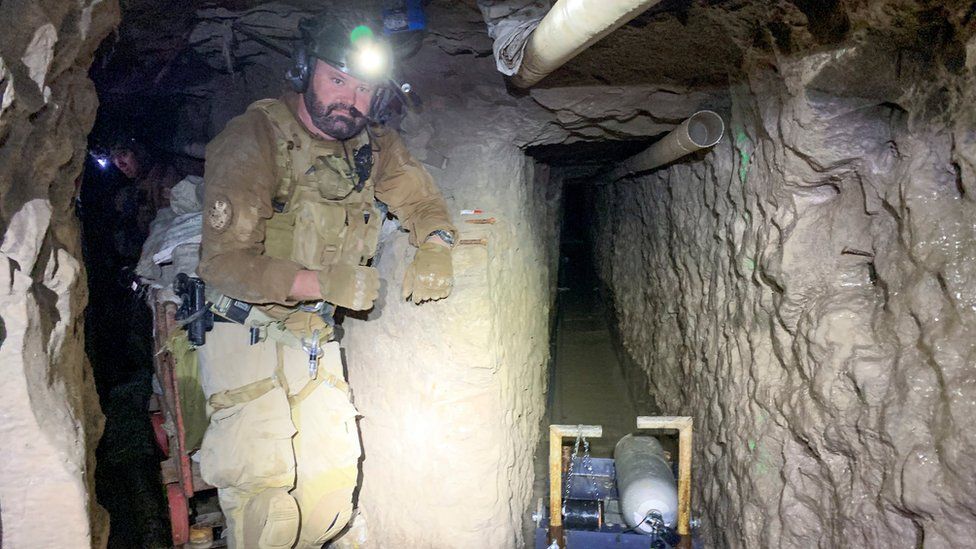
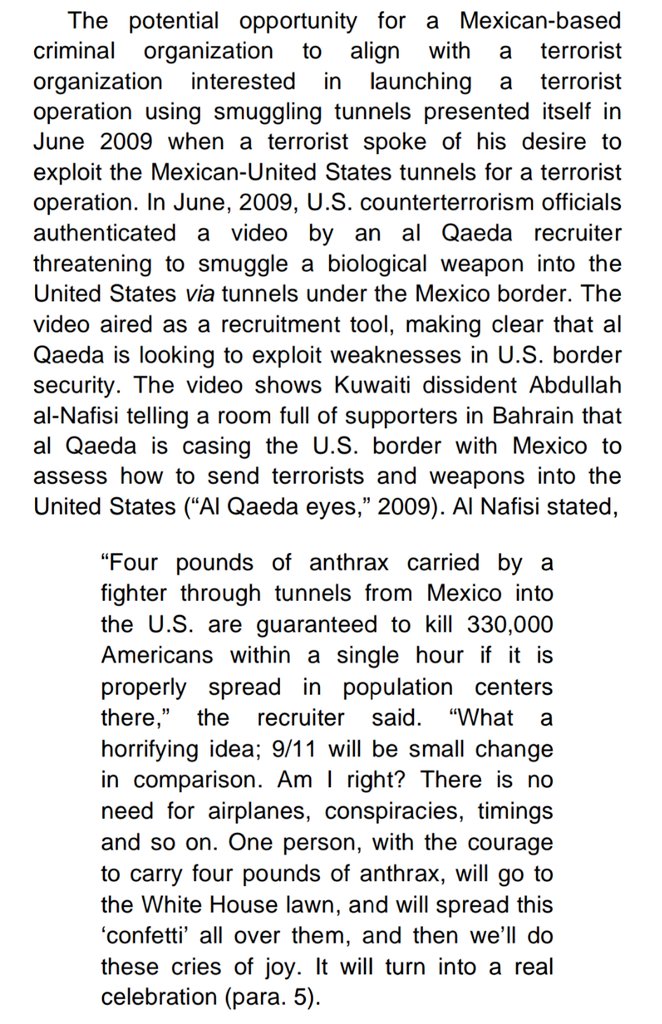
Despite these threats, from fentanyl to foreign fighters, it seems a losing battle for the US to stop the tunneling. A border of nearly 2k miles, with an almost ideal geology, seems impossible to police. Each tunnel costs an estimated $1 million, a cost recouped very quickly.
Library of Chadnet | wiki.chadnet.org